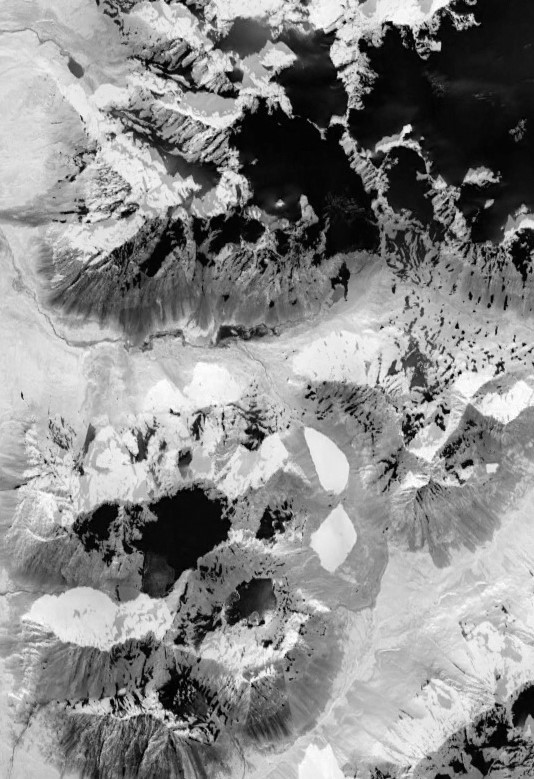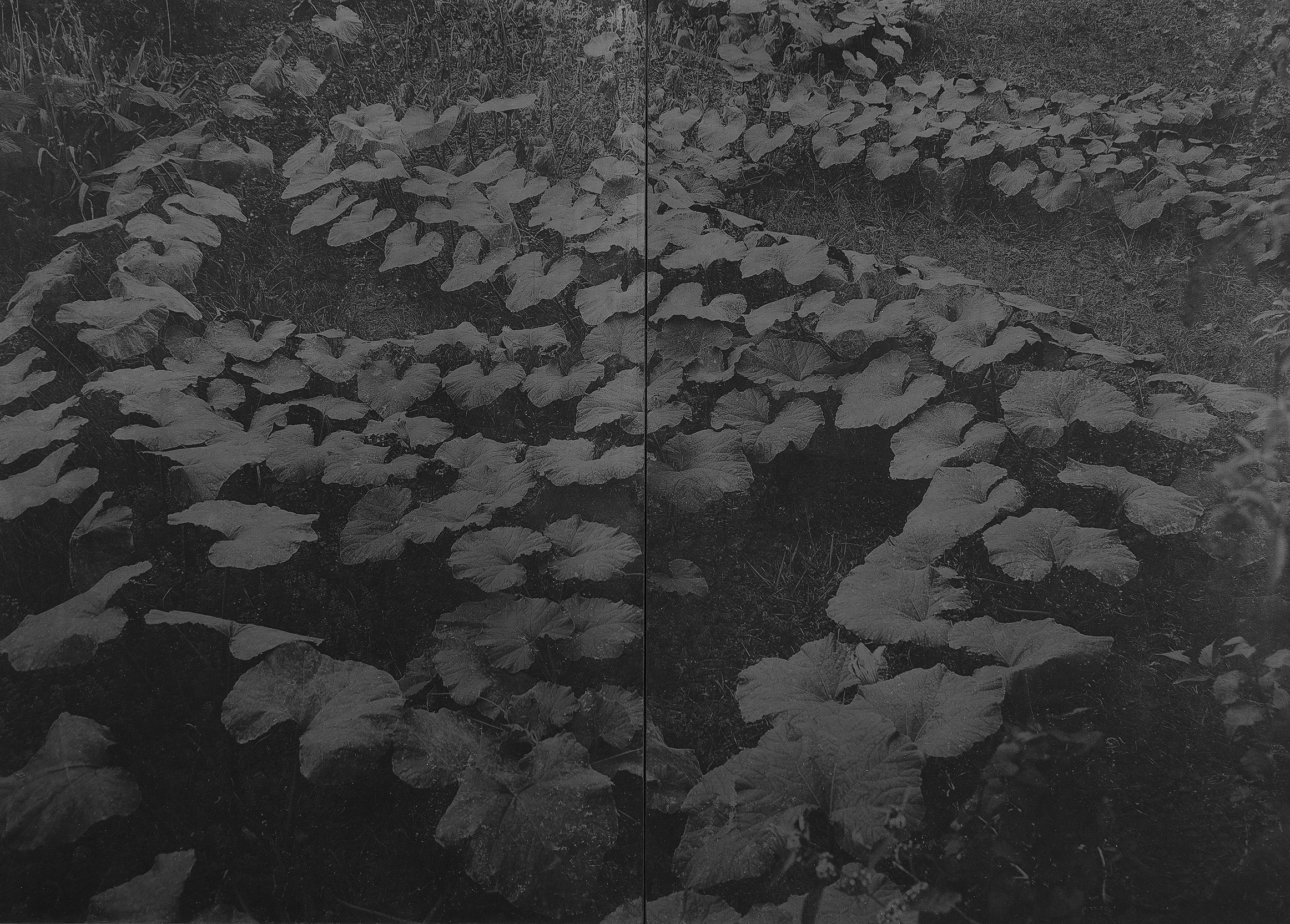Centre de la photographie Genève

Bruissements végétaux
16.05 — 11.10.2025
Vernissage: 15.05.2025 18:00
Bibliothèque de Genève
Promenade des Bastions 8
CH–1205 Genève
Indicatrices du réchauffement climatique, ressources pour l'industrie pharmaceutique, trend Tik Tok ou incarnation d'une consommation durable, les plantes traduisent aujourd'hui un rapport complexe et souvent paradoxal de l'humain au monde végétal. En même temps source de savoir scientifique, produit d'un marché globalisé ou objet de décoration, elles font l'objet d'investigations multiples par les artistes, entre travaux documentaires, formes spéculatives ou expérimentales, essayant d'en saisir les multiples significations culturelles. Alors que le genre monstera, pourtant exotique et conséquence directe de la colonisation, est perçu en Occident pour son potentiel décoratif essentiellement, le palmier du Tessin est devenu, en quelques années, le symptôme de l'invasion biologique et du réchauffement du climat. Alors que de nombreuses plantes sont déconsidérées, car insignifiantes, invasives, "inutiles" ou peu photogéniques, d'autres envahissent les commerces, les intérieurs et les réseaux sociaux.
À travers une grande diversité de travaux, entre récit personnel, documentation scientifique, exploration virtuelle ou images d'archive, cette exposition souhaite prendre acte des significations multiples du monde végétal dans le contexte culturel actuel, tout en investiguant les formes multiples que celles-ci peuvent revêtir pour les artistes. S'intéressant à l'importance très variable qui est accordée à des espèces spécifiques, à leur représentation virtuelle, leur potentiel esthétique ou leur valeur médicinale, elle souhaite comprendre ce dont notre rapport aux plantes pourrait être symptomatique.
Avec Saskia Groneberg, Yann Gross, Yann Haeberlin, Felicity Hammond, Hilla Kurki, Yann Mingard, Lea Sblandano, Berit Schneiderheit, Bernard Tullen, Magdalena Wysocka & Claudio Pogo, ainsi que Les Conservatoire et Jardin botaniques de Genève
Image : © Yann Mingard
Promouvoir – Collection « Association Art Promotion » de l’Université de Liège

©️ Jacques-Louis Nyst
Du 9 au 31 janvier 2025
Théatre de Liège - Salle des Pieds Légers
Place du 20-Août
4000 Liège
Cette exposition, organisée par le Service d’Histoire de l’art de l’époque contemporaine de l’Université de Liège, avec le soutien du Pôle muséal et culturel, réunit près d’une cinquantaine d’œuvres que l’Association Art Promotion (AAP) a léguée à l’Université de Liège en 2022. Pour la première fois exposée dans son intégralité, cette importante collection réunit aussi bien des artistes belges de renom (Jacqueline Mesmaeker, Éric Duyckaerts, Xavier Mary, Jacques-Louis Nyst, Jacques Charlier, Jean-Pierre Ransonnet, Gaëtane Verbruggen, Léon Wuidar) que des grandes figures de la scène artistique internationale (Barbara et Michael Leisgen, Bernd et Hilla Becher, Peter Downsbrough, Dennis Oppenheim ou encore Sol LeWitt). L’exposition vise à la valorisation et à la diffusion de cette collection et, plus largement, à la promotion de l’art contemporain auprès du public le plus large.



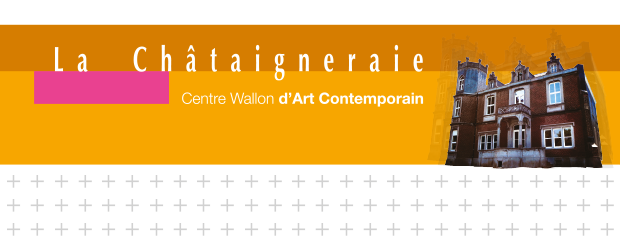 |
|
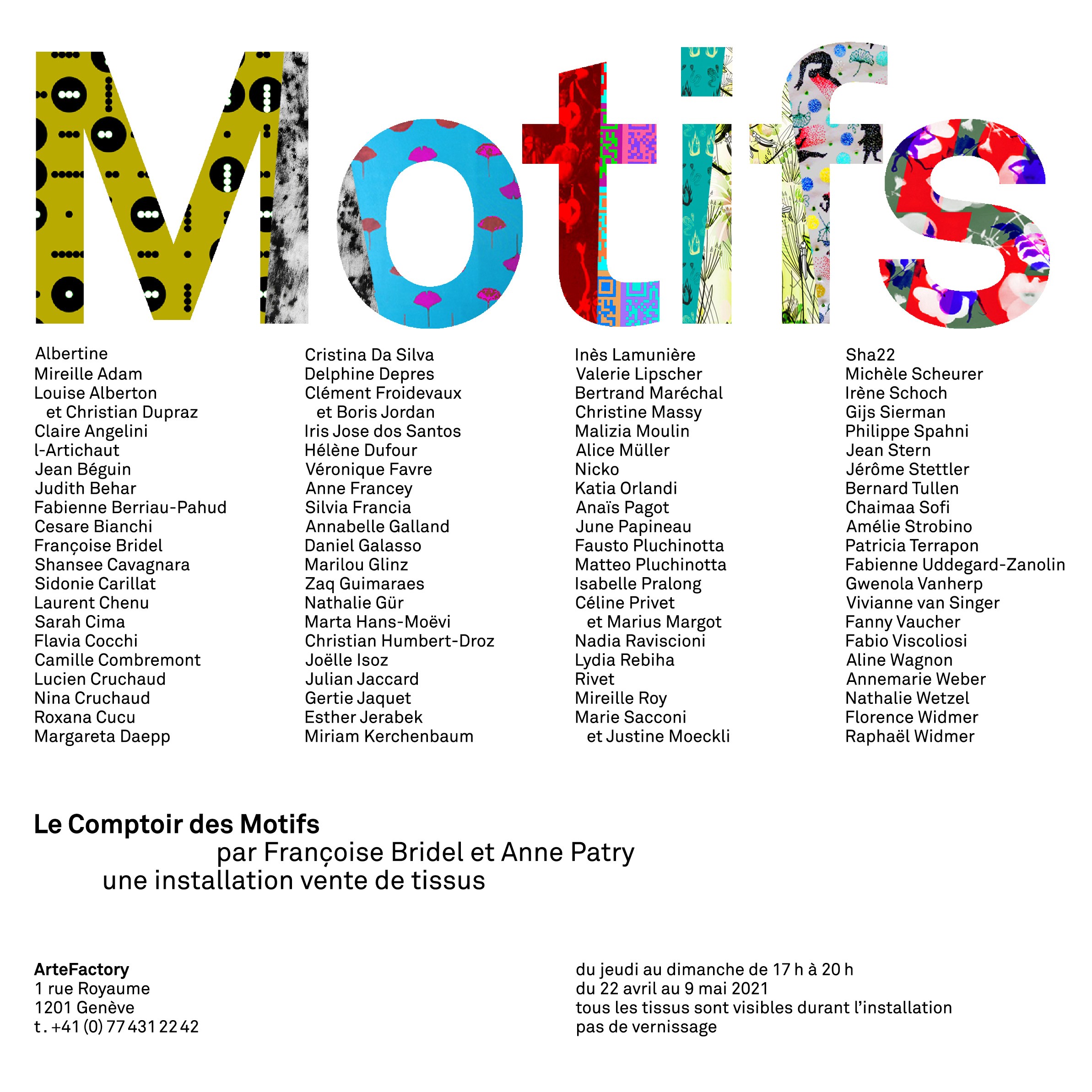
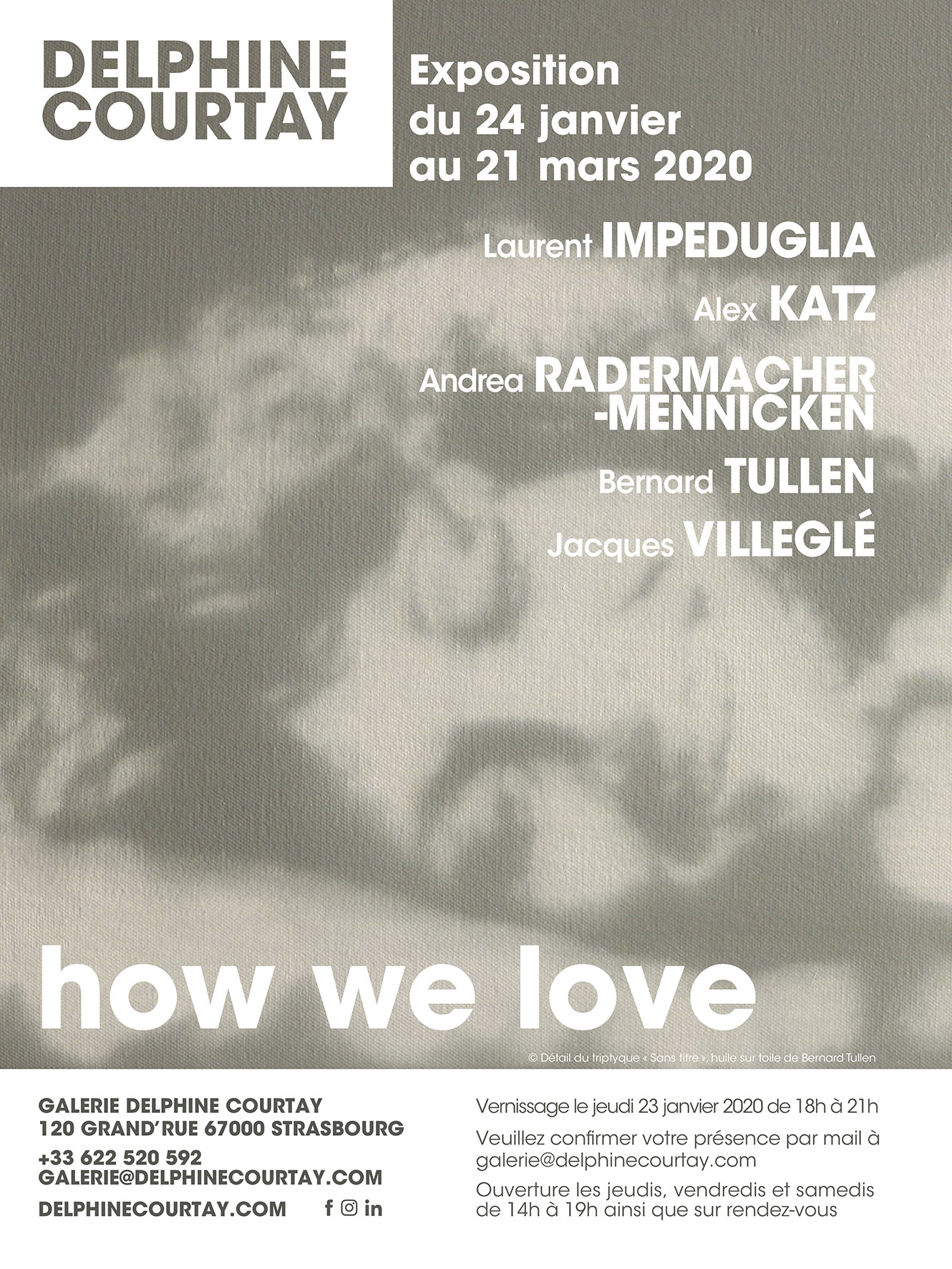
|
|
|
